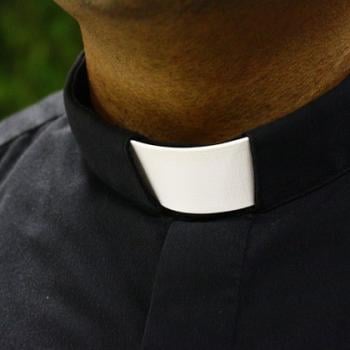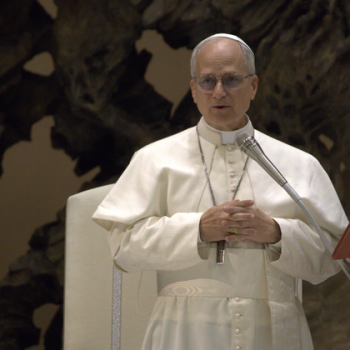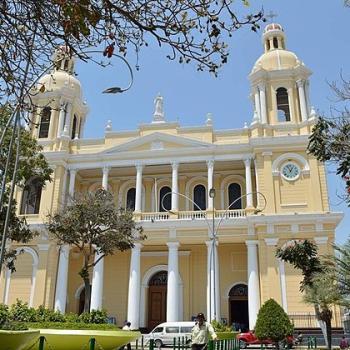
All eyes are on the Sistine Chapel this week as the College of Cardinals convenes for a conclave to elect the next pope. The centuries old chapel has played an important role in the Catholic Church’s history and will now be the site for history in the making. Learning more about the Sistine Chapel adds to the awe and mystery of the newsworthy location.
What Is The Sistine Chapel?
The Sistine Chapel serves as the pope’s own chapel, and principal papal ceremonies take place there. Currently, its importance rests on its use by the Sacred College of Cardinals for electing a new pope to fill the vacancy created by the recent death of Pope Francis.
Aside from its religious importance to Catholics, the chapel offers everyone the opportunity to view some of the most famous artwork in the world. For art lovers, the chapel is renowned for the frescoes which decorate its interior. Michelangelo work’s on the Sistine Chapel’s ceiling and his Last Judgment covering the entire altar wall top the list of that famed artwork.
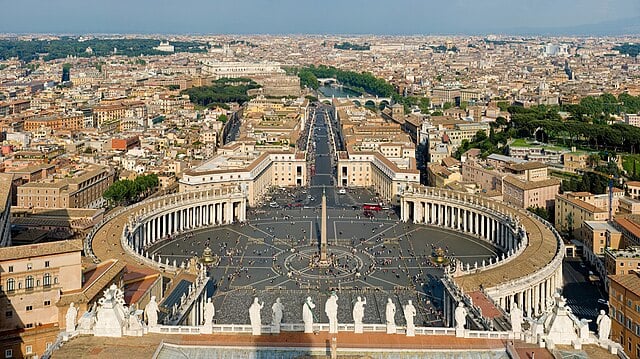
Chapel Basics
The Sistine Chapel is situated in Vatican City, the smallest independent state in the world, Specifically, the pope’s official residence in Vatican City houses it. That residence, known as the Apostolic Palace, is a massive building containing over a thousand rooms, including the Vatican Museums and the papal apartment. Rooms inside the palace provide entry to the chapel. Accordingly, no exterior facade and no exterior doorways exist. The outside of the building holds no adornment. It appears as a simple block-like rectangular building. In fact, this plain exterior belies the importance of the chapel inside.
Supposedly, the chapel’s dimensions mirror those of Solomon’s Temple. With a length of around 118 feet and a width of 46 feet, the interior rises about 66 feet above the main floor. The space contains a barrel-vaulted ceiling and six arched windows on each of the two side walls. Those windows provide the only light source for the space. A marble barrier divides the chapel in an east-west direction, separating the area used for religious functions.
Sistine Chapel’s History
The Sistine Chapel sits on the site of a prior chapel. In 1473 the crumbling remains of the predecessor were destroyed, and construction began on the current chapel. The work took several years, between 1473 and 1481, with the first mass celebrated inside the new chapel on August 15, 1483. Pope Sixtus IV oversaw the construction work on the papal chapel. Although the site was originally called the Cappella Magna, or Great Chapel, its current name derives from Pope Sixtus IV. The first papal conclave occurred in the new building in 1492. However, it has served as the sole location for such activity since 1870.
Today the Sistine Chapel is famous for its extensive Renaissance art collection by some of the world’s most famous artists. But the artwork came years after the chapel’s construction. A later pontiff, Pope Julius II, commissioned artwork by Michelangelo which was accomplished between 1508 and 1512. The master’s art included frescoes on the ceiling and vault illustrating scenes from Genesis including The Creation of Adam. He also painted The Last Judgment, about the Second Coming of Christ, on one of the chapel’s walls.
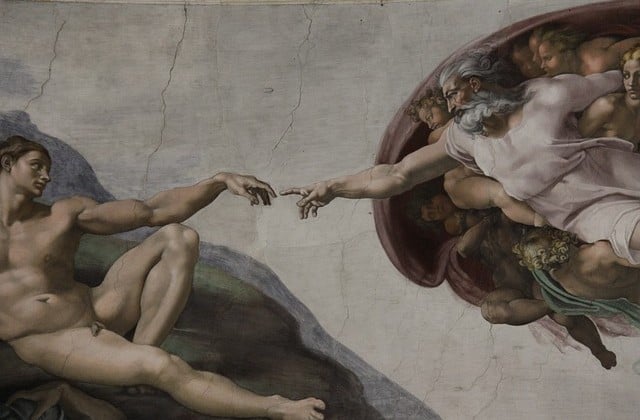
The Site’s Modern Role
Despite its religious name, the Sistine Chapel functions as a modern tourist attraction, accommodating some 30,000 visitors daily and around 5 million people annually. Not only is the chapel the most popular attraction in Vatican City, but it lays claim to being one of the most visited places in the world. Due to the high demand for tours, modern ticketing systems and online tour reservations are utilized.
Despite the ongoing and heavy public access, the Sistine Chapel still functions as a site for sacred religious activities. It offers a place for the pope’s private devotions and for the selection of a new pope when the seat is vacant. Public access is inconsistent with both of those activities. In fact, the conclave to pick a papal successor looms as the most secretive and confidential event imaginable. The 133 participating cardinals will be sequestered from the outside world during the conclave and face excommunication should they reveal what transpired while there. Support staff for the cardinals also take a vow of secrecy.
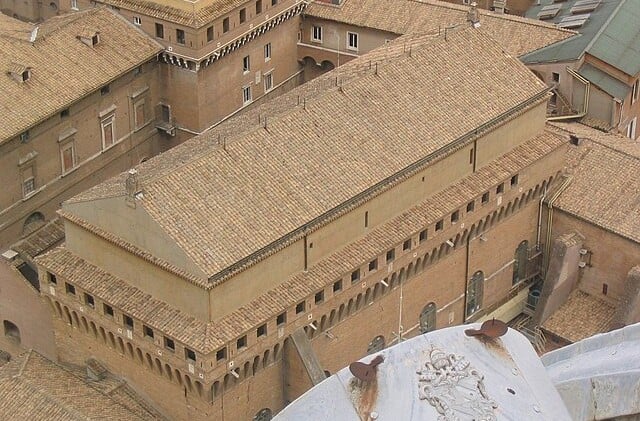
Lesson From The Sistine Chapel
The dual purpose of the famous chapel as both a public and private venue for secular and religious activities, respectively, mirrors the walk of faith. Believers have a personal relationship with God, but yet they must publicly interact with the world around them on a daily basis. The impending conclave especially emphasizes the combining of private and public. The sequestered cardinals will connect with God for wisdom to select the appropriate earthly religious leader. Once that decision is made, they and the new pope will emerge to make a public impact on every corner of the globe.
The Sistine Chapel’s centuries of existence and beauty inspire those who see and learn about it. Knowing details of the structure and its history, both past and in the making, provide a better appreciation for the structure and the duality of its use. Michelangelo’s ceiling fresco of The Creation of Adam may sum up the Sistine Chapel best. God connects with man to create life (human or a new pope) to serve Him in the world.





